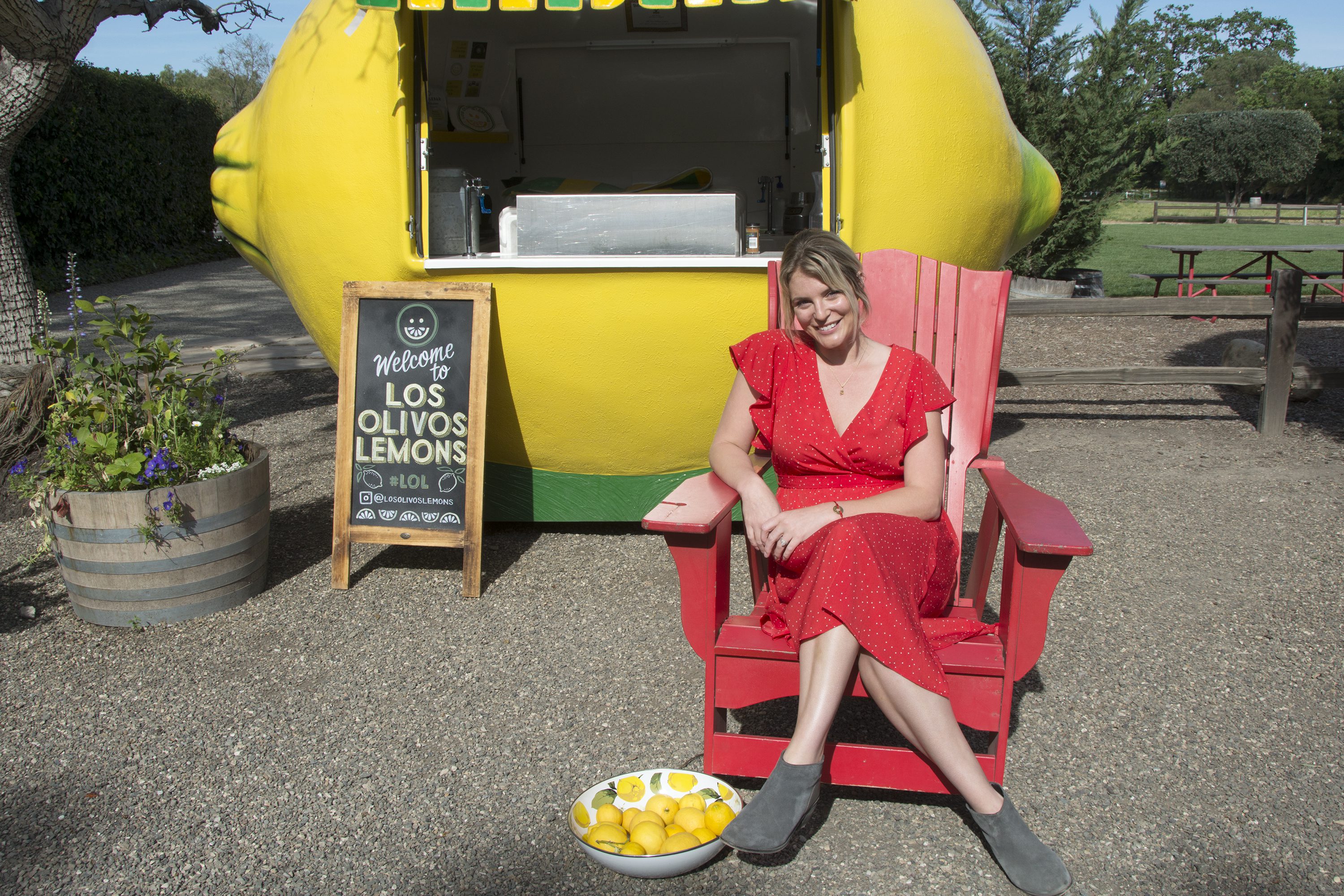By James Riley
Contributing Writer
Everyone wants to live a long time, but no one wants to grow old. Historically speaking people have sought to defer old age, hence Ponce de Leon’s search for the fountain of youth. Not only would the fountain be personally valuable but would prove to be a priceless commercial product. Unfortunately, such a fountain does not exist.
Perhaps it is more realistic to state that what people really want is to defer the chronic diseases that often accompany old age, such as arthritis, heart disease, diabetes, osteoporosis, stroke cancer and other undesirable afflictions. We all want to age well while maintaining an active, healthy aging process, but there is no magic pill to ensure such a happy lifestyle.
To some degree life is a crapshoot. It pays to be fortunate in life and not be disabled by an accident or unfortunate illness. There is research that indicates that parentage may affect longevity genes that assist the aging process. It is also known that environment, diet, stress and family life also produce their effects.
For centuries though it has been known that sensible aging advice includes exercise. Hippocrates wrote “Eating alone will not make a man well, he must also take exercise.”
The topic of this article is aerobic exercise, also known as cardio — the type of exercise that will provide the most longevity benefits.
Aerobic exercise was researched and popularized by Ken Cooper of the Air Force Aerospace Medical Lab during the late 1960s. His book “Aerobics” led to the jogging craze of the time. Aerobic exercise is sustained physical activity fueled by burning oxygen. Moderate aerobic exercise is considered to be prolonged movement that elevates the heart rate to between 50 and 70 percent of your maximum heart rate.
If you are exercising at a moderate pace you should be able to perform a brief conversation. Typical moderate aerobic exercise includes: brisk walking, biking, dancing, swimming or similar continuous exercise. Vigorous aerobic exercise would maintain a heart rate between 70% to 85% of max heart rate. Speaking in full sentences would be difficult at the vigorous level.
Why do aerobic exercise?
Many studies since the late ’60s affirm the many benefits of aerobic exercise. The most obvious benefit is cardiovascular, which is the reason it is called “cardio.” Because exercise creates an oxygen deficit in the muscles the heart reacts by beating faster and stronger to deliver the needed oxygen.
Aerobic exercise strengthens the heart and makes it more efficient improving its cardiac output. Sustained cardiac output also improves viscosity of the blood and elasticity of the veins and arteries. Aerobic exercise additionally stimulates the growth and upkeep of every system in the body from the lungs to the liver, kidney and other organs.
Sustained moderate exercise raises good cholesterol levels and lowers bad levels and triglycerides and lowers blood pressure. Aerobic exercise burns fat — helping weight control — lowers inflammation and stimulates bone density retention because it is weight-bearing exercise. A most important benefit of aerobic exercise for seniors is its effect on brain health. We all want to retain our mental faculties. The brain requires 20% of the oxygen in our body although it is only 2% to 3% of the body’s weight. Cardio improves the flow of oxygen to the brain to keep it healthy.
How much aerobic exercise do you need?
The need for sustained aerobic exercise is apparent, but how much exercise do we need to keep the body in good health? The most recent update of the of the Department of Health and Human services (HHS) concluded that some physical activity is better than being sedentary and that more physical activity provided additional health benefits.
For substantial health benefits adults should perform at least 150 minutes per week of moderate intensity aerobic physical activity or 75 minutes weekly of intense activity. Sedentary people who do little exercise have the most to gain from beginning an exercise program and the 150-minute weekly goal significantly improves their longevity chances and is doable for the able bodied. The health benefits of extreme exercise does not appear to be much greater than the moderate exercisers, but if you enjoy exercise and appreciate how it makes you look and feel it’s still good for you, it’s just not that much more beneficial to your health than the HHS recommendations for moderate and intense exercise.
The physical decline seen in many of our modern western societies is not inevitable. Think of an old building that had always been carefully maintained and is still very functional. Had it not been maintained properly the wear and tear of weather, time and use would certainly have caused deterioration. With routine maintenance and the good fortune of not experiencing fire, earthquake or other unfortunate incident the building is still performing well despite the aging experience. The same holds true for your body. To perform well over time it needs proper care and maintenance of which aerobic exercise or cardio is an important part.






